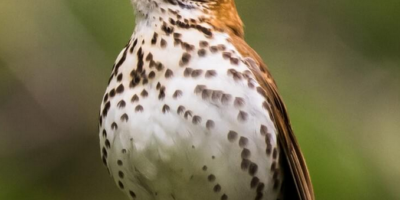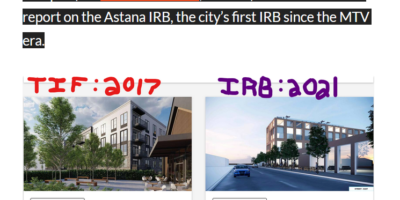Shootin’ n Snaggin’ with the Frugal Fisherman
No matter how hard I try, I can’t for the life of me fully embrace artificial bait fishing. Don‘t get me wrong, I use my fair share of spinnerbaits, jigs, rooster tails and plastics. But every time I’m unable to figure out the fishing pattern or entice a strike, I get antsy.
It’s about that time I wish I had a bobber and an earthworm. Or better yet a half ounce lead weight, a circle hook and a night crawler. Those are two tried and tested methods that always seem to land me a fish or two.
Armed with the above predisposition, I decided instead of ending another outing with the frustration of ‘wishing I had a worm,” I’d build my own worm bed. Though worms aren’t expensive, living in Lexington provides a challenge for someone who wants 10 worms and fast. Besides, for an avid gardener like myself, a worm bed provides an awesome opportunity to compost my table scraps and yard waste, all while cultivating a happy and prosperous community of earthworms.
The real kicker in all this is building your own worm bed is cheap and fairly easy. As you will see below.
List of materials
You can find all the materials below you don’t already have at your local hardware store at a total cost of around $40.
12 concrete blocks ($2 each)
Plastic lining ($8)
Shredded newspaper or cardboard (free)
Organic fertilizer (horse, cow, poultry or rabbit manure / 3 cubic feet (2 large bags) » $12; free if you know a farmer)
A couple of old boards (free)
Earthworms ($3)
Step 1
Choose the location for your worm bed. Consider the size of the worm bed you plan to build when choosing the location. It is also a good idea to choose a location that is not in direct sunlight all day long. This will make it easier to keep moisture in the worm bed.
Step 2
Form the walls of your fishing worm bed by creating a rectangle with your blocks – 4 blocks on each side with two across each end (the final rectangle should measure 5’4” long by 4’ wide). Butt the ends of the blocks together, making sure the edges match up well. Note – A smaller bed can be built using less blocks and less space. Calculate the blocks needed accordingly.
Step 3
Line the inside of the rectangle block enclosure with thick landscaping plastic. This can be cut or folded to size. The plastic should cover the bottom and all of the sides of your rectangle.
Step 4
Soak shredded newspaper or cardboard in water (by all means use your old copies of North of Center). Shake off the excess water and place the paper inside the bed, taking care to cover the entire area. Fill the worm bed halfway with paper—roughly 4 inches deep.
Step 5
Pour the two bags of manure over the shredded paper. Make sure to spread the manure over the entire area. Fill the rest of the bed to the top with rich soil, table scraps and yard waste. Make sure if you buy topsoil that the soil doesn’t contain fertilizers or boosters that could kill your earthworms. An organic topsoil works best. Add a little water to the bed, but avoid making it soggy.
Step 6
Add earthworms to the bed and let nature take its course. Sunlight will drive the earthworms into the bed.
Step 7
Once the worms submerge cover the top of the bed with several old boards. You also might want to cover some of the bed with pieces of left over plastic. The boards and plastic will serve as deterrents for birds looking for a good meal. Do not seal the bed up completely. Worms need air.
Step 8
Check your bed weekly to make sure the soil is moist. Water if needed. Place all your table scraps, such as coffee grounds, rinds, cores, egg shells, cutaways and leftovers, as well as grass clippings, leaves and any organic yard waste, in the bed each week. The worms will devour the scraps and make some of the richest soil you’ve ever seen in the process.
Step 9
Turn your bed once a month to aerate and promote growth.
It won’t take long to have more worms than you know what to do with. And if you’re anything like me, those worms will come in handy and those table scraps and yard waste will finally go towards something good.
Hope to see you on the water,
FF







Leave a Reply